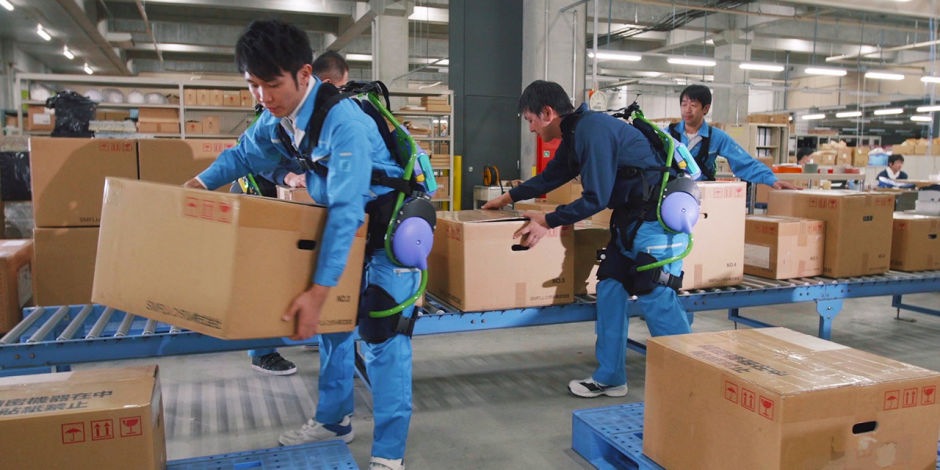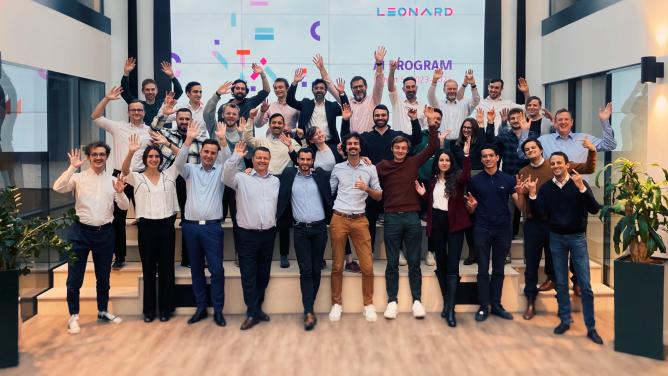
The exoskeleton is one of those often disappointing promises. The simple idea of increasing human strength and mobility with the help of external armature has clashed with reality on multiple occasions. Too heavy, too expensive, and not efficient enough, the exoskeleton seduces science-fiction and “vintage” technology enthusiasts more than the technicians on the field. A great example of the difficulties encountered by the concept is the Hardiman by GE, which has never gone beyond the prototype stage. While it is still capable of lifting over 700 kg, the armor seems to be straight out of the movie Alien, Fallout or Ironman…
However, despite repeated failure, the world of robotics has held on to the idea, and with reason. The most recent progress in the matter is significant. As Medical applications of rehabilitation in the field of construction, exoskeletons are formulating more and more relevant responses to the challenges faced today in terms of security, hardship and productivity…
Construction at the forefront
When we think about exoskeletons, the fields of construction and handling offer obvious potential applications. The first promise of the exoskeleton is to reduce hardship in physical work, but also to avoid injuries and health problems. It finally clearly represents a true financial gain. According to Dan Kara, VP of Robotics and Intelligent Systems at WTWH Media, American companies spend 15 billion dollars a year on overworked employees. Furthermore, the exoskeleton allows us to imagine important gains in productivity. With Fortis, a robotic arm sold between 7000$ and 23000$ depending on the model, Lockheed Martin promises work that is 27 times more efficient…
Others, like Homayoon Kazerooni, director of the laboratory Robotics and Human Engineering of Berkeley and founder of SuitX, sees in the exoskeleton a way of limiting the elimination of jobs, by “enhancing” the human instead of eliminating it completely. “It is about combining human decision-making abilities, intelligence and adaptability with the strength and precision of robots”, the researcher and entrepreneur for Digital Trends explains. Within this context, it is not surprising that ABI Research estimates the exoskeleton market at 1,9 billion dollars in 2025, compared to only 68 million dollars in 2014.
Less extreme, more efficient
While certain companies are still working on big exoskeletons – Power Loader by Panasonic is a good example – the products offered today mostly aim at reducing bulk and price. Lowe’s, Leroy Merlin’s American competitor, has already equipped certain of its employees with a harness developed at Virginia Tech University. Non-motorised, they collect and transmit potential energy mechanically during movement in order to relieve workers. Similarly, BMW uses Nonee’s Chairless Chair in its factory in Spartanburg. Sold for around 5000$, this exoskeleton allows workers to stay standing, while significantly limiting fatigue. Even smaller, the Robo-Glove developed by General Motors in partnership with NASA focuses on the hand and promises an unprecedented grip !
This specialized trend illustrates one of the current limits of exoskeletons, which are only efficient for simple and very precise tasks. “The risk for the industry would be that by assisting, we generate stereotypical gestures, and in the long run physical disorders: we may be putting the body in danger more than saving it”, explains Nathanaël Jarrassé, in charge of research of CNRS at the Institute of intelligent systems and robotics. Enhanced humans and robots: there should be no confusion between the two !


